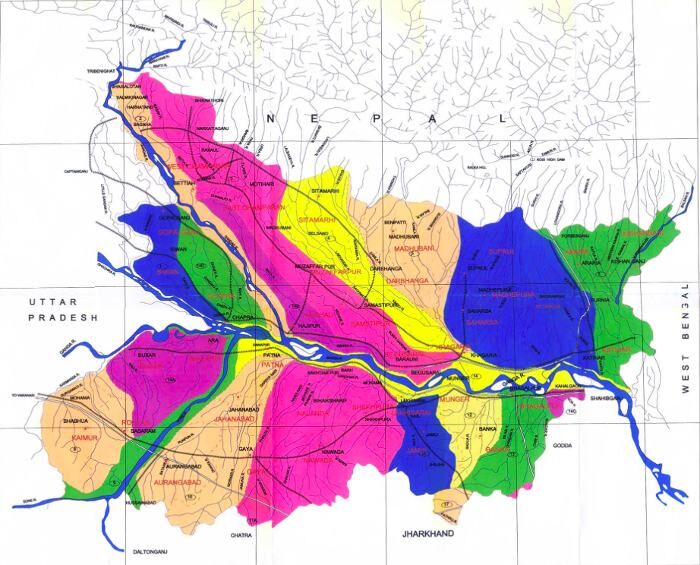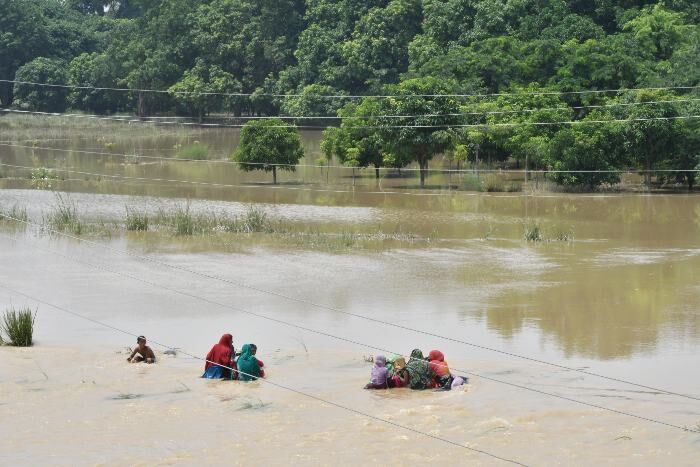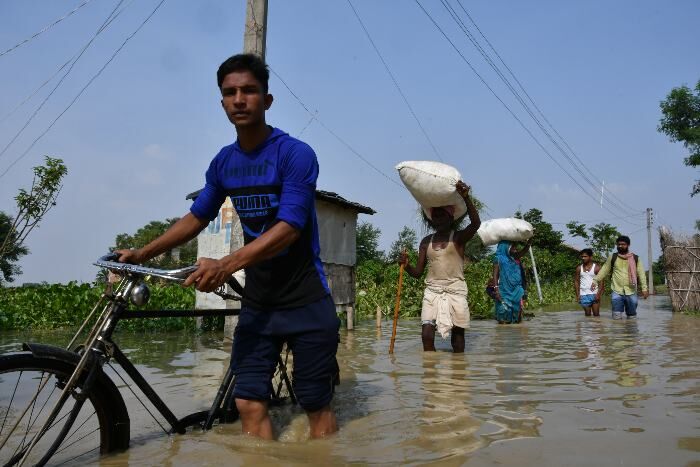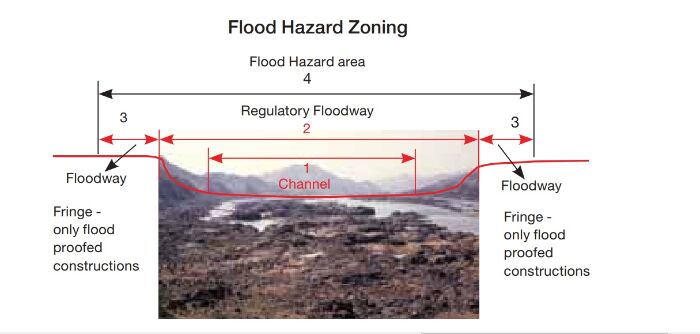On the intertwining night of July 13 and July 14, residents of Naruar village in Jhanjharpur block of Madhubani district came face to face with death. The western embankment of Kamla Balan breached under pressure from the rising flood waters and inundated the village, washing away their homes and belongings.
This was followed by two more breaches the same night in Kamla Balan’s embankments — one in the eastern embankment near Rakhwari village and another in the western embankment near Ramkhetari village of Jhanjharpur block.
Bihar is no stranger to floods. Many regions in Bihar, Eastern Uttar Pradesh and Eastern India and grappling with floods at present. In North Bihar, more than 831 panchayats in 12 districts are flood-affected. More than 106 people have lost their lives and more than 80 lakh are directly affected.
In addition to this, many districts of Easter Uttar Pradesh like Lakhimpur, Barabanki, Sitapur, Gonda, Bahraich, Sant Kabir Nagar, Gorakhpur, Kushinagar and Maharajgunj are flooded too.
Embankments are to be blamed
Why do many regions in Bihar and Uttar Pradesh get flooded year after year?
If experts are to be believed, the primary reason behind this are the embankments.
According to a research done by IIT Kanpur professor Rajeev Sinha and his team, these embankments end up altering the natural course of rivers. During floods, the rivers bring along with them lot of silt. Earlier, when there were not many dams, this silt was getting distributed in a larger area, but now, because of presence of dams,this silt flows along with the river, thus causing more floods.

Every year the government spends crores of rupees on constructing new dams and repairing the old ones, but floodshave become a regular occurrence.
DK Mishra, who has been running a ‘Baadh Mukta Abhiyan’ said: “An embankment policy came into being in 1954 in Bihar. But the state has become more prone to floods. The main aim behind constructing these embankments was to prevent floods. But because the embankments came up on either side of rivers, these villages are suffering every year.
According to Water Resources Department, Bihar, in 1954 when the collective length of embankments was only 160-km,only 25 lakh hectare land and population of 76 lakh was getting affected due to floods. But now, when there are embankments on almost all rivers, 70 lakh hectare area is prone to floods. This number is going up every year.

Numbers say it all
Bihar grappled with massive floods in 2008 and 2017. It happened because of embankment breaches. In 1998, massive floods hit Uttar Pradesh after 13 embankments breached in Gorakhpur district. The district resembled an island then and rail and road services were hit for more than 72 hours. The district suffered from floods in 2013 and 2017. This year,the Rapti and Ghaghra rivers are flowing above the danger mark.
The river Kosi wreaks havoc in Bihar every year. Other rivers that are flood-prone are Gandak, Bagmati, Kamla Balan, Lalabkya, Adwara and Mahananda. Co-incidentally, all these rivers originate from Nepal.
In Uttar Pradesh, rivers like Sharda, Rapti, Gandak and Ghaghra flood every year. Suresh Dwiwedi, 65, who lives close to the Sharda river in Uttar Pradesh’s Sitapur district, said: “The Sharda river cuts the ground like you cut trees with an axe. It destroys everything.”

According to Uttar Pradesh’s Disaster Management Department, the state incurs a loss of Rs 432 crore every year because of floods.
Around 73% of state’s total geographical area is prone to floods as plains of Bihar, which are close to Nepal, are drained by a number of rivers that have their catchments in the Himalayas of Nepal. These rivers and their tributaries carry high levels of discharge and sediment load, which are deposited on the plains of Bihar.
Another 10% of Bihar’s total area remains water-logged. This water-logging is due to various reasons that include spilling of silted small rivers, encroachment of drainage channels, embankment induced water-logging and presence of saucer type depression.

Tej Lal Nishaad, who lives in Behda Sutiya village in Lakhimpur in Uttar Pradesh, said: “The issue is not floods, but embankment erosion which happens because of silt. The only solution to this problem is that the government should look at removing silt from theseflood-prone rivers.”
The government is wasting money on embankments
The government is not willing to accept this. They waste money on building new embankments and on repair and maintenance of existing ones.
The say that they do everything possible to strengthen these embankments and the work begins from March every year. But the embankments give away as soon as monsoon begins.
“This has become a routine. The government gives instructions that the embankments should be made stronger before monsoons begins. And yet, every year, thousands of people die and property worth millions get damaged. Ordinary people suffer,” said Eklavya Prasad of NGO Make Pine.
DK Misra said there is lot of corruption involved. “Post-independence many dams were constructed. Yet people have been dying. People point this out, but no none wants to resolve this issue. Engineers, officers and politicians make crores of rupees. Which is why no one is questioning why do we need so many embankments.”
Dilip Singh, a geologist based in Bhopal too agrees. “If the repair and maintenance happen on a regular basis, these embankments will definitely help people. But only embankments won’t help in containing floods. We also have to keep in mind the geographicalparameters and drain patterns of each region because these regions have different geographies.”
Read Also in Hindi: बाढ़ से निपटने के लिए क्या तटबंध ही हैं आखिरी उपाय?
Read Also: As water level recedes, people in Bihar return to their home which no longer exist




















